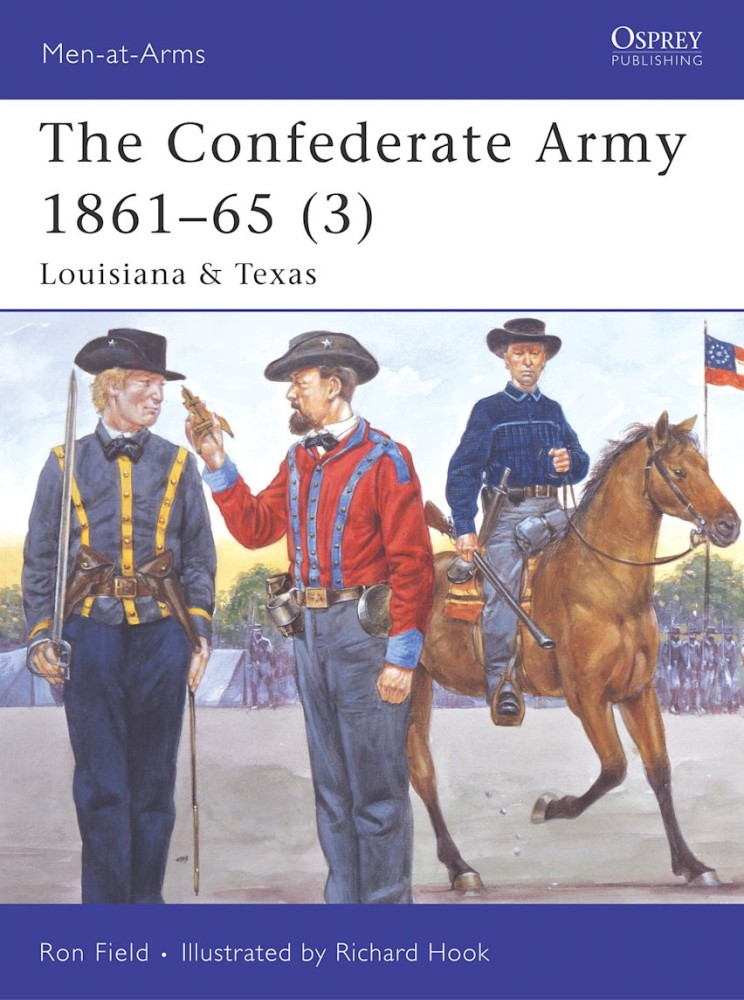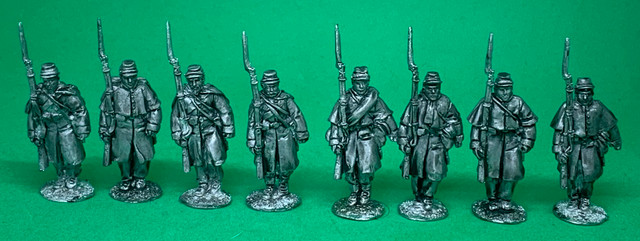Description
Fully illustrated with specially commissioned artwork and mapping plus carefully chosen archive illustrations, many in color, this lively study investigates the Mexican soldiers and Texian volunteers who fought one another in three key battles during the Texas Revolution.
Following unrest throughout Mexico, in 1835 a revolt began in Texas among the Anglophone and Tejano-speaking settlers, known as Texians. Having retreated after their defeat at Bexar in December 1835, Mexican troops were ordered to re-occupy Texas in early 1836. In this volume, US military history expert Ron Field explores in detail three key battles that ensued. From February 23, Mexican forces besieged the Texian forces at the Alamo at San Antonio de Bexar; in the subsequent battle on March 6, almost all of the Texian defenders were killed. On March 19, forces en route to join the main Texian army were surrounded by Mexican troops at Coleto Creek. Following their surrender, about 340 Texian prisoners were shot by Mexican soldiers in what became known as the Goliad Massacre. On April 21, a Texian force launched a surprise attack on a larger Mexican army near the San Jacinto River, the decisive Texian victory that resulted is the third battle to be investigated in this study.
Featuring full-color artwork and maps and drawing upon the latest research, this book investigates the fighting men of both sides at the Alamo, Coleto Creek, and the San Jacinto River, casting light on the doctrine, tactics, weaponry, and combat record of the Texian and Mexican combatants who clashed in the first weeks of the emerging Republic of Texas.
Table of Contents
Introduction
The Opposing Sides
The Alamo, March 6, 1836
Coleto Creek, March 19-20, 1836
San Jacinto, April 20-21, 1836
Analysis
Aftermath
Orders of Battle
Select Bibliography
Index
This is an example of a product tab.
These are optional but provide a means of displaying more content and using less space on the page.



